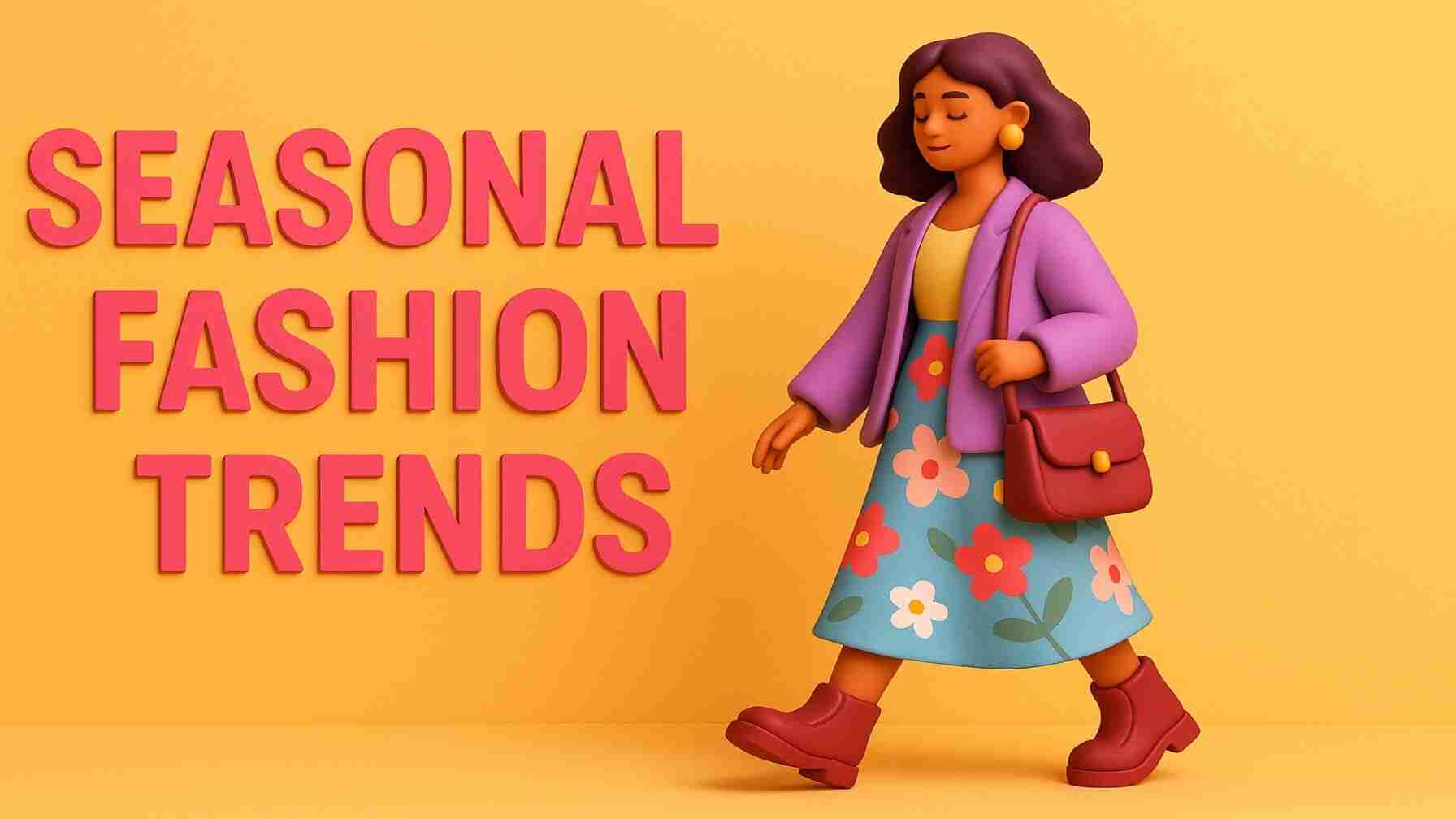In today’s rapidly evolving society, the concept of freedom of speech and expression stands as a pillar of democratic living. Whether it’s voicing opinions online or protesting peacefully in the streets, this freedom enables people to share ideas without fear of persecution. The digital era has only intensified the need for such liberty, as conversations have shifted from physical platforms to virtual ones. However, not everyone understands what this freedom truly entails or how it’s protected and challenged in modern times. So, let’s dive deep into this core human right that fuels change and champions truth.
Understanding the Core of Freedom of Speech and Expression:
Freedom of speech and expression refers to the right of individuals to speak their mind, publish their thoughts, and communicate freely. This liberty is enshrined in various international documents like the Universal Declaration of Human Rights and in national constitutions around the world. It enables society to grow by allowing differing viewpoints to coexist.
Also Read: Civic Engagement Opportunities for Building a Better Society
More than just speech, it includes gestures, art, clothing, protests, and now, even memes and hashtags. In short, any form of communication falls under this umbrella. The real strength of this right lies in its ability to question authority, initiate social reform, and bring marginalized voices into the spotlight. But it isn’t absolute; every country imposes certain reasonable restrictions to prevent hate speech, violence, or national threats.
The Evolution of Freedom of Speech and Expression Over the Decades:
The idea of expressing oneself freely isn’t new. Ancient Greeks embraced it through their agora debates. Enlightenment thinkers like Voltaire and John Locke emphasized its importance. The printing press revolutionized this freedom by allowing mass distribution of literature and ideas.
Fast forward to the 20th century, revolutions, civil rights movements, and digital activism shaped what we know today. Countries began incorporating the freedom of speech and expression into their constitutions, recognizing it as a vehicle for progress. However, the transition wasn’t always smooth. Censorship, political repression, and media control often restricted open dialogue.
Legal Protections Worldwide:
Different countries interpret and implement this freedom in varied ways. In the United States, the First Amendment guarantees it. In India, Article 19(1)(a) of the Constitution grants it but with reasonable restrictions. The European Convention on Human Rights also supports it, albeit allowing limitations for national security, public order, and health.
Legal frameworks are crucial in ensuring people don’t face backlash for sharing their views. Courts often serve as the battleground where the scope and limits of this right are debated. Judicial precedents in many democracies have favored the expansion of this liberty, but the struggle continues, especially in autocratic regimes where such rights are tightly controlled.
Freedom of Speech and Expression in the Digital Age:
The internet has revolutionized communication, giving rise to social media platforms where millions engage daily. In this digital landscape, freedom of speech and expression takes on new dimensions. A tweet can trigger global protests; a viral video can highlight injustice.
While the digital space amplifies voices, it also brings challenges. Misinformation spreads quickly, and the line between opinion and hate speech often blurs. Governments and tech companies grapple with moderating content without infringing on individual liberties. Striking this balance is one of the biggest dilemmas of our era.
Moreover, digital surveillance threatens privacy and anonymity, which are essential for open communication. Online censorship, in countries like China and Iran, showcases how digital platforms can be tools of oppression instead of liberation. Yet, the resilience of netizens—through VPNs, encryption, and decentralization—keeps the spirit of free speech alive.
The Role of Media in Safeguarding Freedom of Speech and Expression
Media acts as the fourth pillar of democracy, and its role in upholding freedom of speech and expression is irreplaceable. From investigative journalism to citizen reporters on social platforms, media sheds light on corruption, injustice, and hidden truths. In many nations, journalists put their lives on the line to report stories that authorities want buried.
However, media freedom isn’t universal. In countries with authoritarian rule, journalists face imprisonment or worse for challenging the status quo. Even in democratic nations, media can fall prey to political pressure or corporate interests. The rise of “fake news” and misinformation campaigns has also eroded public trust.
Despite challenges, a free and independent press is essential. It not only informs but educates and empowers citizens. Platforms like YouTube and podcasts have broadened the definition of media, making it accessible to anyone with a smartphone. These modern formats help amplify diverse voices, thus strengthening democratic dialogue.
Limitations and Reasonable Restrictions on Freedom of Speech and Expression:
While it’s a fundamental right, freedom of speech and expression isn’t absolute. Most democratic constitutions include “reasonable restrictions” to prevent harm. These typically cover:
-
National security threats
-
Public order and decency
-
Contempt of court
-
Defamation
-
Hate speech
For example, spreading false rumors that incite violence is not protected under free speech. Similarly, personal attacks, communal incitements, and terror propaganda are legally punishable.
Striking the right balance between liberty and responsibility is crucial. Too many restrictions dilute the right itself, while too few can lead to chaos. Courts often serve as the balancing wheel, ensuring that freedom doesn’t morph into anarchy.
The real challenge is defining where freedom ends and harm begins. As societies evolve, so must the legal interpretations to adapt to new mediums and scenarios.
Freedom of Speech and Expression vs. Hate Speech: Drawing the Line
One of the biggest debates surrounding freedom of speech and expression is its intersection with hate speech. While free speech allows people to express unpopular or controversial opinions, hate speech crosses the line by inciting violence or discrimination.
International laws, including the International Covenant on Civil and Political Rights (ICCPR), recognize this distinction. Still, the line is often blurry. For instance, criticizing a religion may be seen as blasphemy in some cultures but as free thought in others.
Social media complicates matters further. Platforms like Facebook and Twitter often face criticism for either failing to curb hate or for censoring too much. Algorithms aren’t perfect arbiters of context, sarcasm, or intent, making automated moderation difficult.
A nuanced approach is essential—one that respects free speech but actively curbs incitement to hatred. Public awareness, digital literacy, and strong community guidelines can help navigate this tricky terrain.
The Impact of Cancel Culture on Freedom of Speech and Expression:
Cancel culture is a modern phenomenon where individuals are boycotted or shunned for expressing unpopular or offensive opinions. While it empowers marginalized voices by holding the powerful accountable, it also raises questions about the limits of freedom of speech and expression.
On one hand, it brings justice to light quickly. On the other, it may discourage honest conversations. People may self-censor, fearing backlash for expressing differing opinions. This kind of social regulation, though not legal, can still stifle discourse.
Cancel culture often operates without due process. Accusations made on social media can lead to job losses or reputational harm without proper investigation. This mob mentality goes against the very idea of free and open dialogue.
The solution lies in fostering a culture of accountability without resorting to silencing. We must differentiate between genuine harm and mere disagreement to preserve the spirit of free expression.
Freedom of Speech and Expression in Educational Institutions:
Educational institutions should be breeding grounds for free thought. Students and teachers must have the liberty to question, debate, and innovate. Yet, in many places, freedom of speech and expression is under threat on campuses.
Administrations may suppress dissent to maintain order or avoid controversy. Student protests are sometimes met with suspension, rustication, or police action. Similarly, controversial research may be blocked from publication.
This stifles creativity and critical thinking. Young minds must be encouraged to challenge norms and push boundaries. Open debates, inclusive curriculums, and freedom to protest are essential for educational growth.
Universities should be safe spaces for diverse opinions. Only then can they truly serve as agents of social transformation and innovation.

The Intersection of Freedom of Speech and Expression with Religion and Culture
Religion and culture are deeply personal, yet they frequently come into conflict with freedom of speech and expression. Speaking critically about religious beliefs or cultural norms can lead to serious backlash, including legal penalties or social ostracism, especially in conservative societies.
Blasphemy laws in countries like Pakistan and Saudi Arabia criminalize any speech perceived as offensive to religious sentiments. In such places, freedom of speech is not just limited—it can be deadly. Even in secular democracies, public backlash and social media outrage can make people hesitant to express dissenting views on religion or tradition.
The tension arises when personal belief systems are treated as beyond scrutiny. But freedom of speech includes the right to offend, provided it doesn’t incite violence. This is crucial for pushing reform and encouraging progressive discussions.
Promoting respectful dialogue and tolerance is key. Only through open conversation can societies address the darker sides of tradition and belief without slipping into suppression or fanaticism.
Freedom of Speech and Expression in the Workplace:
In professional settings, employees often walk a tightrope when it comes to freedom of speech and expression. While laws may protect whistleblowers or employees speaking on public issues, companies frequently restrict speech to maintain decorum or protect their image.
Speaking against workplace harassment or unethical practices is a common example. Whistleblowers like Edward Snowden have shown how revealing uncomfortable truths can come at a great personal cost. Many companies now have social media policies that limit what employees can post, even in their personal time.
This doesn’t mean workplaces are dictatorships. Rather, a balance must be struck between personal liberty and organizational integrity. Workers should feel safe voicing their opinions or reporting wrongdoing without fear of retribution.
Encouraging internal feedback systems, anonymous reporting, and open communication channels helps uphold free expression while maintaining a respectful work environment.
How Social Movements Thrive on Freedom of Speech and Expression:
From civil rights marches in the U.S. to pro-democracy protests in Hong Kong, social movements are powerful manifestations of freedom of speech and expression. These collective actions bring attention to injustice, demand accountability, and push for systemic change.
Movements like #MeToo, Black Lives Matter, and climate strikes have gained momentum largely because individuals exercised their right to speak freely. Social media serves as a megaphone for these voices, allowing them to bypass traditional media filters.
However, such freedom is often met with state crackdowns, internet shutdowns, or police violence. Governments attempt to suppress dissent to maintain control. Despite these efforts, movements continue to thrive, adapting through digital activism, symbolic protests, and international solidarity.
The synergy between speech, expression, and organized action underscores the transformative power of free thought. Without it, revolutions would never ignite, and reforms would remain dreams.
The Influence of Technology Companies:
Tech giants like Google, Meta (Facebook), and X (formerly Twitter) are now the gatekeepers of freedom of speech and expression. They decide what content gets seen, what gets removed, and who gets banned. This raises serious concerns about transparency and accountability.
Unlike governments, these companies aren’t bound by constitutional mandates. They operate on terms of service, which often change without notice. Shadow banning, content throttling, and algorithmic suppression are forms of indirect censorship that users rarely understand.
Additionally, the moderation policies of these platforms often reflect Western values, which may not align with diverse global norms. A post that is acceptable in one country might be banned in another. This creates an uneven playing field.
Calls for regulation are growing. Many argue that these platforms should be treated as public utilities, with clear laws governing their role in safeguarding digital expression. Until then, the debate over their influence on free speech continues to intensify.
How Education on Freedom of Speech and Expression can empower Citizens?
Empowering citizens starts with awareness. Teaching the value of freedom of speech and expression from a young age fosters a generation that respects dialogue, diversity, and dissent. Schools, universities, and community centers play a vital role in this mission.
Civics education should include real-world scenarios about speech rights, limitations, and ethical responsibilities. Mock debates, group discussions, and essay contests can make learning interactive and impactful.
This education also helps in combating misinformation. A well-informed person can distinguish between free expression and harmful propaganda. They’re less likely to fall prey to fake news or hate campaigns.
Public campaigns, workshops, and media literacy programs further reinforce this understanding. When people know their rights and how to exercise them responsibly, society becomes more resilient, innovative, and inclusive.
Conclusion:
The road ahead for freedom of speech and expression is both promising and precarious. On one hand, technology empowers millions to share their voice. On the other, rising authoritarianism, misinformation, and cancel culture threaten to erode this freedom.
To protect this right, collective effort is essential. Governments must uphold legal protections. Corporations must ensure digital fairness. Citizens must engage with empathy and critical thinking.
Freedom of speech isn’t just a right—it’s a responsibility. One that allows societies to flourish, cultures to evolve, and injustices to be challenged. Let’s ensure it stays alive, not just in law books but in our everyday lives.
FAQs:
1. What is meant by freedom of speech and expression?
It refers to the right of individuals to express their opinions, ideas, and beliefs without fear of censorship, retaliation, or legal punishment, provided it doesn’t incite harm.
2. Is freedom of speech and expression absolute?
No, most countries impose reasonable restrictions like prohibiting hate speech, defamation, or threats to national security.
3. Can social media platforms restrict speech?
Yes, they can, based on their community guidelines and terms of service, but this has sparked debates about digital censorship and fairness.
Also Read: The Pros and Cons of Veto Power: Unveiling Its Implications
4. How can one exercise this freedom responsibly?
By being informed, avoiding hate speech, respecting others’ opinions, and engaging in constructive dialogue.
5. Why is this freedom important for democracy?
It allows the free flow of ideas, holds power accountable, encourages participation, and ensures transparency in governance.








